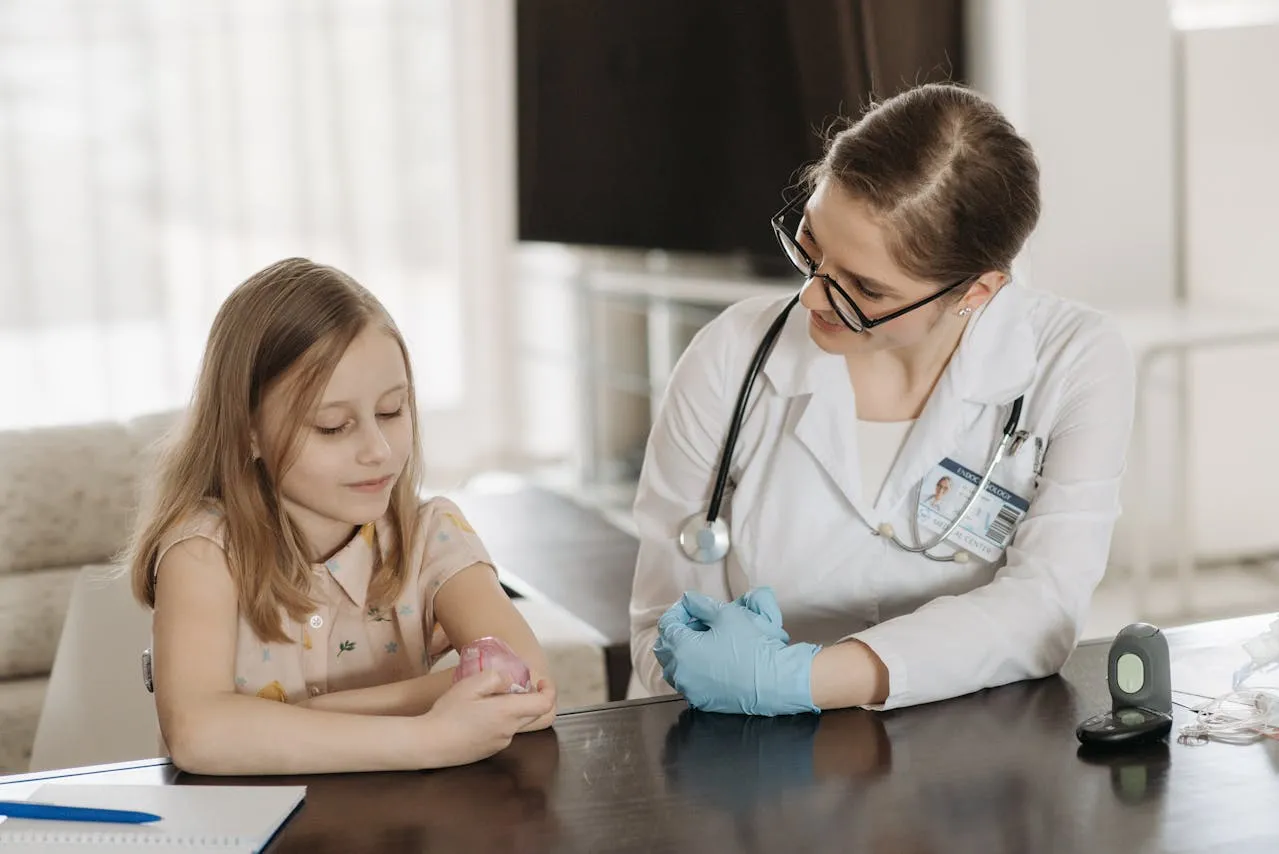
Bringing Research to the People: How Walgreens Clinical Trials is Revolutionizing Patient Engagement
Over the past three years, Walgreens has made remarkable strides in democratizing access to clinical trials. Through its innovative and community-centered approach, the company has reached more than 17 million individuals with opportunities to participate in medical research—an extraordinary feat considering the historical and structural barriers many patients face. Even more notable is the fact that 44% of those recruited identify as racially or ethnically diverse, significantly surpassing the industry average and setting a new benchmark for inclusive research.
At the heart of this transformation is Walgreens’ commitment to a simple yet powerful idea: meeting patients where they are. That ethos was front and center at the company’s third annual Clinical Trials Day symposium, a gathering of life sciences professionals, patient advocates, community leaders, and healthcare innovators. The event underscored how Walgreens is not just facilitating clinical research—it is reshaping it for the better.
Redefining Access: Meeting Patients Where They Are
“We’re focused on meeting the patient where they are,” said Ramita Tandon, Chief Biopharma Services Officer at Walgreens. “That means designing and delivering clinical trials in ways that remove traditional barriers to participation—geographic, cultural, economic, or otherwise.”
Too often, clinical trials have been centralized in major academic medical centers located in urban areas, creating logistical and accessibility challenges for vast swaths of the population—especially in underserved communities. Walgreens, leveraging its nationwide network of over 9,000 retail locations, is in a unique position to turn the tide. With the ability to connect patients to trials close to home and engage them through trusted community relationships, the company is actively working to dismantle systemic inequities in research participation.
The strategy unfolds in three key ways: partnering with local organizations, working with trusted leaders, and incorporating lived experiences into the design and delivery of clinical trials.
1. Partnering with Community Organizations: Building Trust from the Ground Up
One of the clearest examples of Walgreens’ community-first approach unfolded in Baltimore, Maryland, where the company collaborated with a local church, representatives from the U.S. Food and Drug Administration (FDA), and a pharmacy school to conduct a clinical trial simulation. The goal? To better understand and overcome the barriers that prevent underrepresented populations from enrolling in clinical studies.
For Rev. Tracy Davis Hunt, associate minister at Mt. Lebanon Baptist Church, the project was personal. She rallied her congregation to participate in the simulation, emphasizing that visibility and voice are prerequisites for equity. “If you can’t hear me, you can’t help me,” she explained, highlighting the importance of community members being seen and heard in the research process.
What emerged from the initiative was more than just a data collection exercise—it was a dialogue. Participants shared their hopes, concerns, and expectations, and one of the most resounding messages was the need for transparency. According to researcher Dr. C. Daniel Mullins, participants urged that trial results be proactively communicated to those involved. Communities deserve to know the outcomes of their contributions—not only as a matter of respect but to reinforce the value of their involvement.
By meeting people where they are—in churches, schools, neighborhoods—Walgreens is reimagining the clinical trial recruitment process as a relationship built on trust and mutual respect.
2. Partnering with Trusted Leaders: Honoring History and Inspiring Participation
Building trust in medical research requires more than outreach; it demands a deep engagement with history, especially when working with communities that have been exploited or ignored in the past. That’s why Walgreens is partnering with prominent figures whose personal and familial stories resonate with the public and embody the significance of ethical research participation.
At the Clinical Trials Day event, Alfred Lacks—the grandson of Henrietta Lacks—spoke powerfully about his family’s legacy and his willingness to participate in a clinical trial today. Henrietta Lacks’ cells, taken without her knowledge in 1951, became the first immortal human cell line (known as HeLa cells), revolutionizing biomedical science. Her family, however, did not learn of her contribution until decades later.
“You, too, can be immortal like her,” Alfred told the audience, encouraging others to consider clinical trial participation not only as a contribution to science but as a form of empowerment.
This collaboration is not performative—it is part of Walgreens’ broader effort to acknowledge the pain of the past while offering a hopeful, inclusive path forward. According to a recent community survey, nearly 90% of respondents reported never having had a conversation about clinical trials with a healthcare provider. That statistic reflects a massive gap in education and awareness—one Walgreens is aiming to fill through partnerships with community leaders like Lacks who bring authenticity, history, and inspiration to the conversation.
3. Listening to Lived Experience: Patients as Co-Creators of the Future
The third pillar of Walgreens’ strategy is perhaps the most revolutionary: treating patients and caregivers not just as subjects of research, but as co-creators in the design and implementation of clinical trials.
This philosophy is embodied in the Walgreens Clinical Trials Patient Advisory Board, a group composed of individuals who have participated in trials or cared for loved ones who have. Their role extends far beyond token representation—they provide ongoing feedback, counsel, and insights that directly shape Walgreens’ clinical trial initiatives.
At the symposium, four members of the board shared their personal stories, offering a glimpse into the profound impact trials can have on people’s lives. Sabina Kineen, for instance, spoke of the unique perspective she brings as a patient and a caregiver for both her father and daughter during their own trial journeys. Her voice represents the multigenerational impact of access to research.
Levi Moore, another board member, captured the emotional weight of his experience when he said a clinical trial “gave me my life back.” For Moore and many others, research isn’t just about science—it’s about survival, quality of life, and dignity.
The advisory board also plays a critical role in Walgreens’ community engagement activities, traveling across the country to participate in educational events and outreach campaigns. These efforts are designed to dismantle fear and misinformation while ensuring that trials reflect the needs, values, and priorities of the people they aim to serve.
The Broader Impact: Redesigning Clinical Research for the Next Generation
By centering its clinical trial strategy around community partnerships, trusted leadership, and patient experience, Walgreens is helping to redefine what accessible and inclusive research looks like. The implications extend far beyond Walgreens itself—they represent a new paradigm for the entire industry.
“We’re making sure to consider lived experience,” Tandon emphasized. “What we do today is setting the stage for future generations.”
Indeed, by rethinking where, how, and with whom trials are conducted, Walgreens is not just breaking down existing barriers—it’s laying the groundwork for a more ethical, inclusive, and patient-centered research landscape.
As clinical trials become increasingly essential to the development of personalized medicine, gene therapies, and other cutting-edge treatments, the stakes have never been higher. With its expansive reach, innovative partnerships, and commitment to community-driven solutions, Walgreens is demonstrating that the future of clinical research doesn’t belong in ivory towers—it belongs in neighborhoods, churches, and homes across America.




